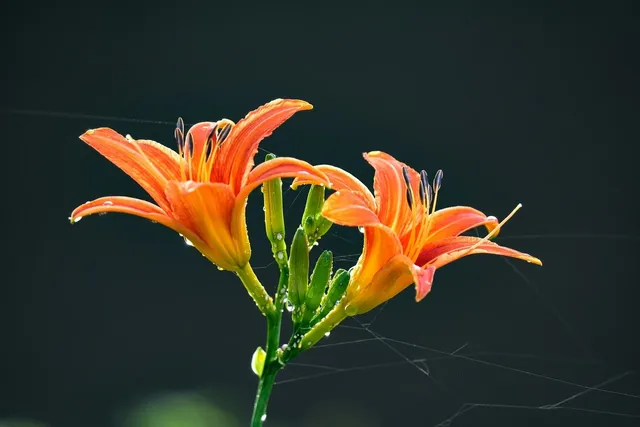In the heart of a lush valley, nestled between rolling hills
In the heart of a lush valley, nestled between rolling hills and dense forests, lay the village of Kalapara. For generations, Kalapara was known for its unique relationship with the rain—a relationship that shaped the lives, stories, and even the traditions of its people.

Kalapara was blessed with rain almost every day of the year, earning it the nickname “The Weeping Village.” The villagers believed that the rain was a gift from the mountain spirits, who watched over them and nourished their land. This belief was rooted in the legend of the Rainkeeper, an ancient guardian who, centuries ago, struck a deal with the mountain spirits to ensure that Kalapara would always have abundant water.
The villagers' connection to the rain was not merely spiritual; it was woven into the very fabric of their daily lives. The sound of raindrops on the thatched roofs of their cottages was a constant lullaby, and children learned to walk and play under the soft patter of rain. Umbrellas and raincoats, made from local materials, were essential possessions, passed down through generations as heirlooms.
Kalapara’s economy thrived on the rain, which ensured that their rice fields were always green and their rivers full. The village was famous for its vibrant terraced fields, which looked like emerald staircases cascading down the hills. Farmers in Kalapara had developed unique methods of farming that allowed them to plant and harvest crops regardless of the rain. They celebrated the harvest with the Rain Festival, a joyous occasion marked by music, dancing, and a feast of freshly harvested grains and fruits.

The rain also played a significant role in the village's art and culture. The village's storytellers, known as the “Rain Scribes,” would gather the community in the village square to share tales inspired by the rain. These stories often featured mythical creatures like the Raindancers—spirits that danced across the sky, creating thunderstorms—or the Mist Weavers, who spun the morning fog from the raindrops. The village's children were taught these stories from a young age, and many grew up to become storytellers themselves, continuing the tradition of the Rain Scribes.

However, the rain was not always a gentle presence. There were times when it became relentless, pounding the village with such intensity that even the hardiest of villagers took refuge indoors. During these times, the village would come together in the central hall, a sturdy stone building at the heart of Kalapara, to wait out the storm. It was during one such storm, many years ago, that the villagers experienced a night they would never forget.
The rain had been falling for days, turning the village paths into rivers of mud. The sky was dark, and the air was thick with the smell of wet earth. The villagers, sensing that this was no ordinary storm, gathered in the central hall. As the rain intensified, so did the tension inside the hall. The elders, wise and weathered, spoke in hushed tones, exchanging worried glances.
Suddenly, a deafening roar echoed through the valley. The villagers rushed to the windows and saw the hills above them glowing with a strange, ethereal light. The rain had triggered a landslide, and the glowing mass was a mixture of earth, rock, and bioluminescent fungi that had been dislodged from the mountain.
But the Rainkeeper had not forgotten the village. As the landslide approached, a powerful gust of wind, carrying the scent of pine and rain, swept through the valley, pushing the landslide away from the village. The villagers watched in awe as the mass of earth and light veered off course, crashing harmlessly into the forest below. The village was saved.
From that day forward, the villagers of Kalapara honored the Rainkeeper with an annual ceremony, where they offered their gratitude for the protection and prosperity the rain brought them. The story of that night became a cornerstone of Kalapara’s history, a reminder of the delicate balance between nature’s fury and its benevolence.
The rain continued to fall in Kalapara, as it always had and always would. It was more than just a weather pattern; it was a living, breathing part of the village, a force that shaped its destiny and connected its people to the ancient spirits of the mountains. And so, life in Kalapara flowed on, as steady and eternal as the rain itself.
| Community | My Blog |
|---|---|
| Category | Writing |
| Device | Samsung |
| Caption | @zidan07 |
| Location | Bangladesh |
Thank you, friend!


I'm @steem.history, who is steem witness.
Thank you for witnessvoting for me.
please click it!
(Go to https://steemit.com/~witnesses and type fbslo at the bottom of the page)
The weight is reduced because of the lack of Voting Power. If you vote for me as a witness, you can get my little vote.